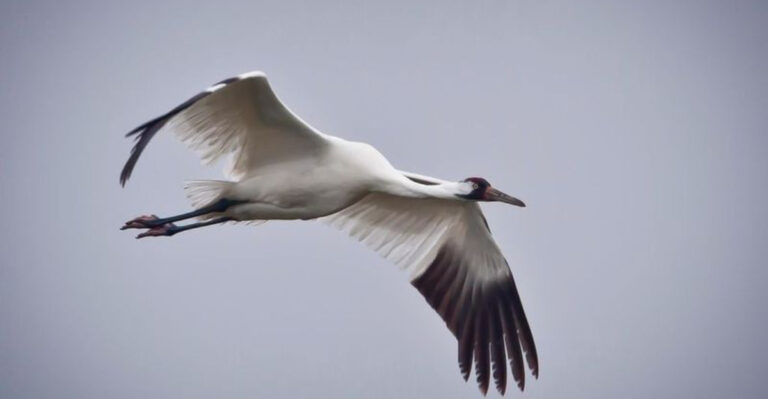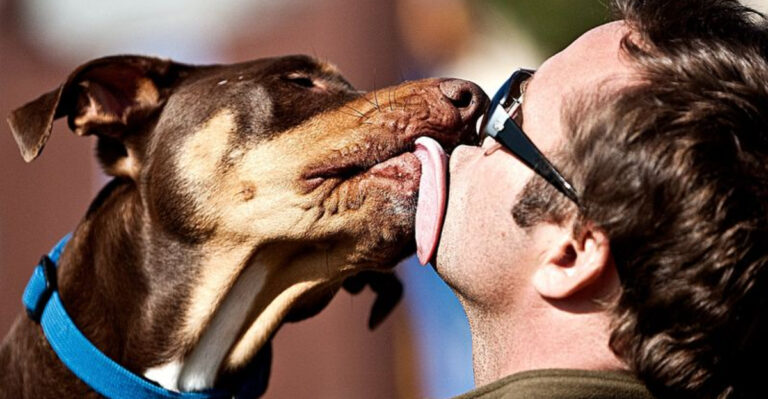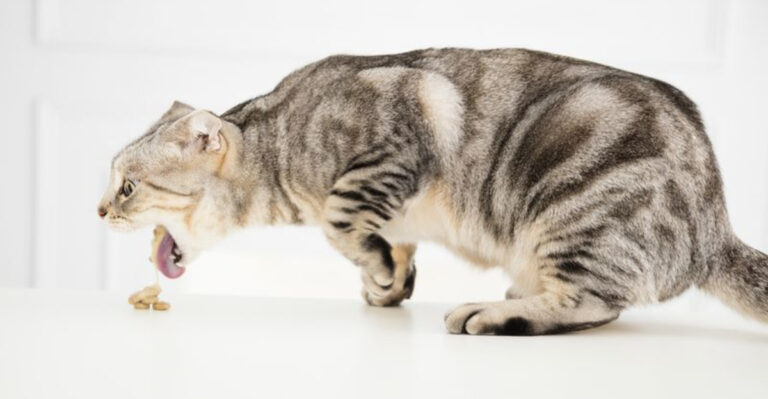13 Beloved Dog Breeds Now Facing Extinction
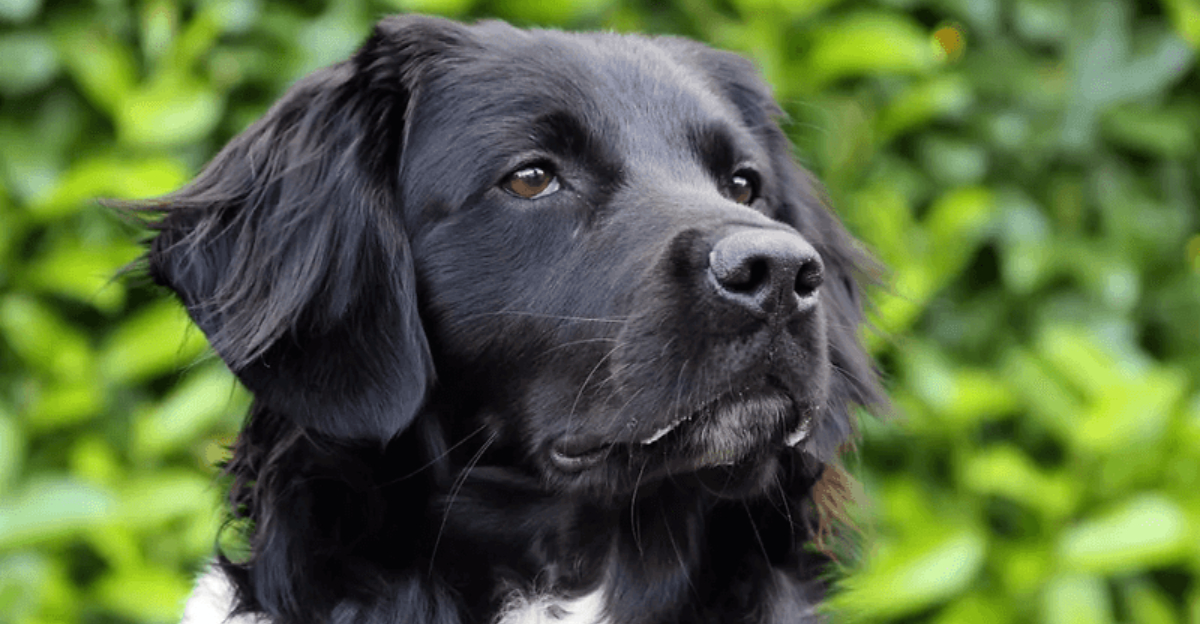
Our canine companions have been by our side for thousands of years, but some beloved breeds are now teetering on the edge of disappearing forever.
From ancient working dogs to royal companions, these rare breeds face dwindling numbers due to changing lifestyles, shifting popularity trends, and genetic challenges.
Take a moment to learn about these remarkable dogs that might not be around for future generations to enjoy.
1. The Otterhound – River Hunters Fading Away
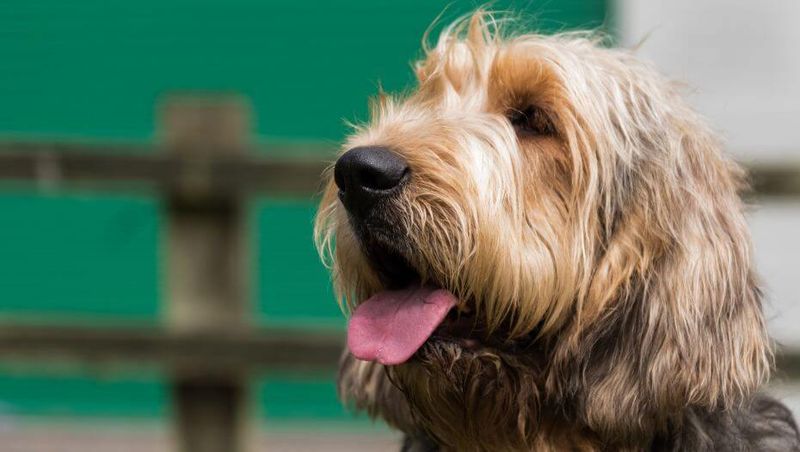
With fewer than 800 Otterhounds left worldwide, this shaggy-coated British breed stands at a critical crossroads. Once prized for hunting otters in medieval England, these gentle giants have struggled to find their place since otter hunting was banned in 1978.
Their rough double coat and webbed feet make them natural swimmers, while their boisterous personality charms everyone they meet. Despite their friendly nature, most people have never even heard of them!
Conservation efforts by dedicated breed clubs continue, but without wider recognition, these lovable goofballs with their distinctive “roo-roo” howl may vanish within a generation.
2. Skye Terrier – A Royal Legacy At Risk
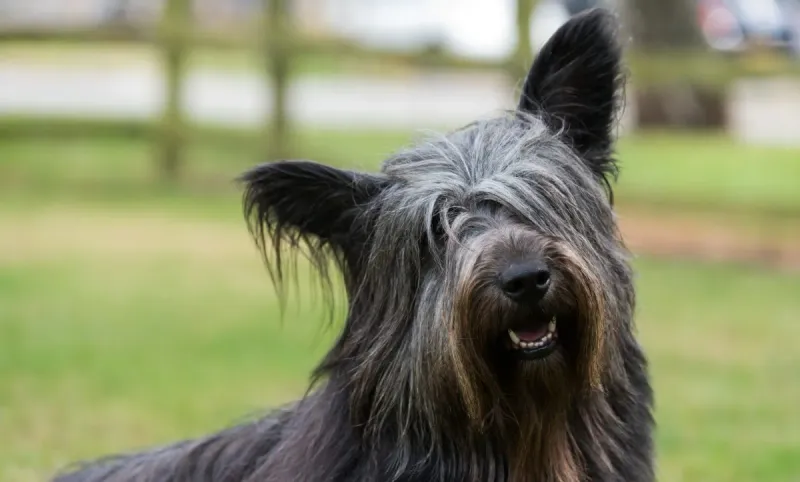
Queen Victoria’s favorite dog now faces a population crisis with fewer than 30 puppies registered annually in the UK. These elegant terriers, with their dramatically long coat and distinctive silhouettes, once roamed the Scottish highlands hunting foxes and badgers.
Famous for their unwavering loyalty, a Skye Terrier named Greyfriars Bobby guarded his owner’s grave for 14 years until his own death. Their gentle disposition with family contrasts sharply with their fearless hunting heritage.
Modern families often overlook these dogs due to their grooming needs, yet few breeds offer such a perfect blend of affection and independence.
3. Dandie Dinmont Terrier – The Gentleman Of Terriers
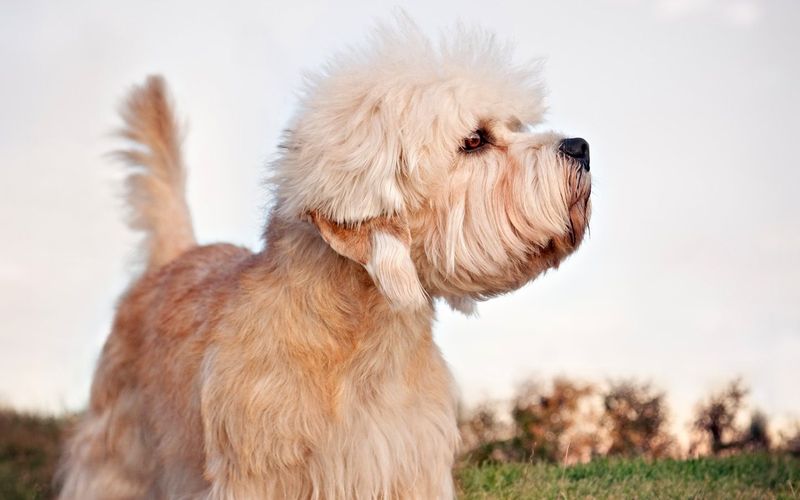
Named after a character in Sir Walter Scott’s novel, this Scottish terrier sports a distinctive “topknot” of silky hair on its head. With only about 100 puppies registered yearly worldwide, the Dandie faces a quiet extinction despite its 300-year history.
Their unusual appearance – long body, short legs, and rounded head – combines with a surprisingly deep bark that earned them the nickname “the big dog in the little long package.” Dandies hunt with determination but relax completely at home.
Famous owners included Queen Victoria and Agatha Christie, yet today most people wouldn’t recognize this charming breed with the soulful eyes and independent spirit.
4. Chinook – America’s Sled Dog Struggles To Survive
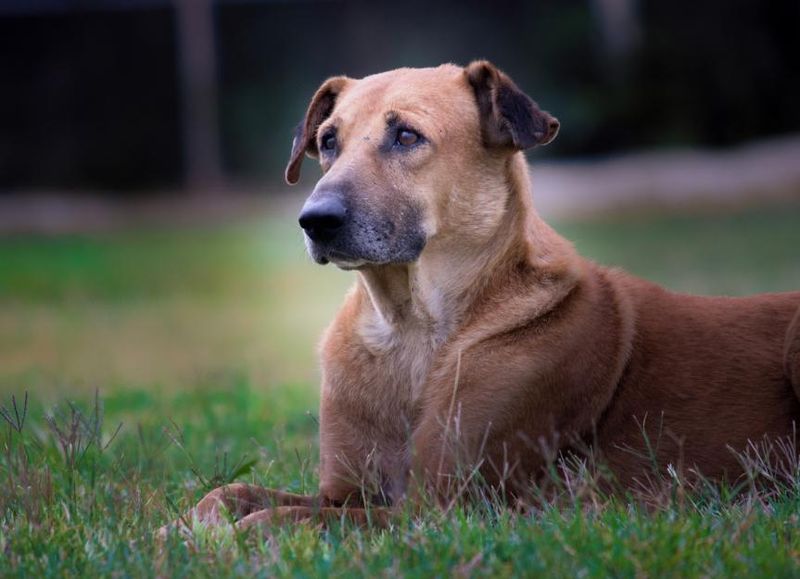
Born from the mind of polar explorer Arthur Walden, the Chinook nearly disappeared in the 1980s when only 11 breeding dogs remained. This American treasure combines the power of a husky with the work ethic of a mastiff and the friendliness of a family pet.
Their tawny golden coat and intelligent amber eyes reflect their unique heritage as purpose-bred sled dogs. Unlike many working breeds, Chinooks possess a remarkably gentle temperament that makes them exceptional family companions.
Although their numbers have increased slightly, fewer than 800 exist today. New Hampshire honored them as the official state dog in 2009.
5. Cesky Terrier – The Quiet Czech Rarity
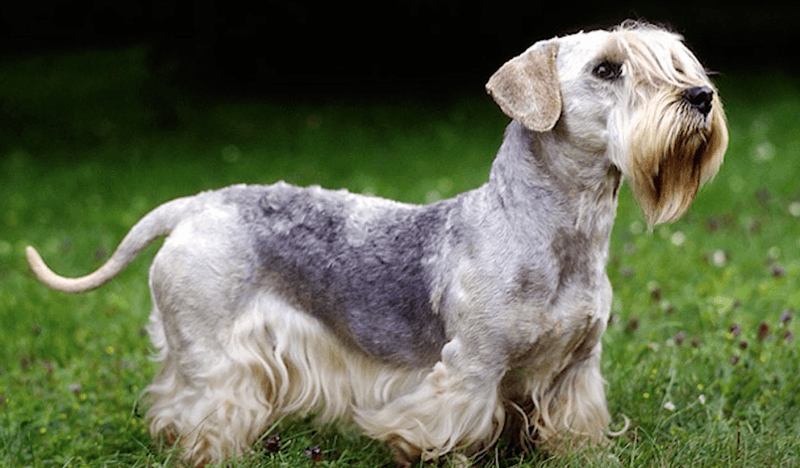
Created in 1948 by Czech geneticist František Horák, this relatively new breed faces extinction despite its perfect blend of practicality and companionship. Unlike most terriers, the Cesky was designed to be quieter, calmer, and more cooperative with other dogs while hunting.
Their silky, blue-gray, or light coffee coat requires professional grooming to maintain its distinctive appearance. Puppies are born black or brown and gradually lighten as they mature – a unique trait among dogs.
With fewer than 600 in existence globally, finding a Cesky puppy requires patience and determination. Yet those who know the breed treasure their balanced temperament and adaptability.
6. Stabyhoun – Dutch Treasure On The Brink
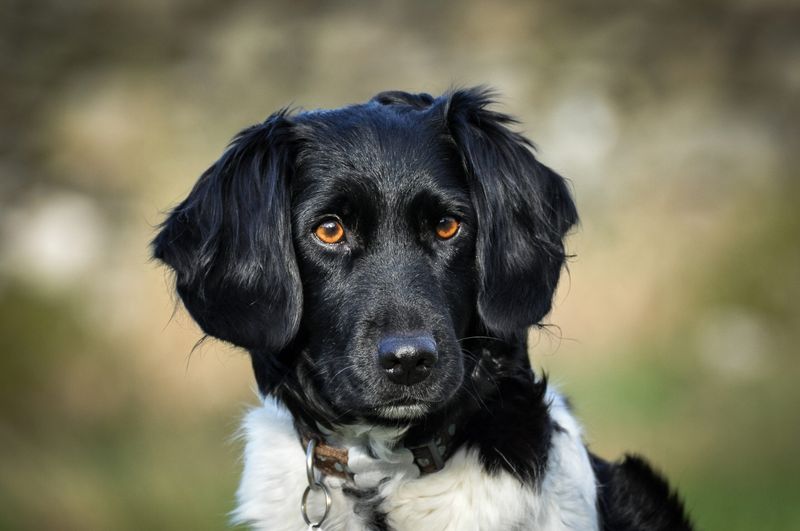
Hailing from Friesland in the Netherlands, the versatile Stabyhoun has served as a hunting dog, vermin catcher, and family companion for centuries. With a global population under 7,000, this striking black and white breed remains virtually unknown outside its homeland.
Their name means “stand by me dog” in the Frisian language – perfectly capturing their devoted nature. Stabyhouns excel at everything from retrieving ducks to playing with children, all while maintaining a remarkably calm household demeanor.
Dutch breeding programs carefully monitor genetic diversity to save this national treasure. Each puppy represents hope for preserving their legacy of adaptable intelligence and gentle affection.
7. Mudi – Hungary’s Forgotten Herding Genius
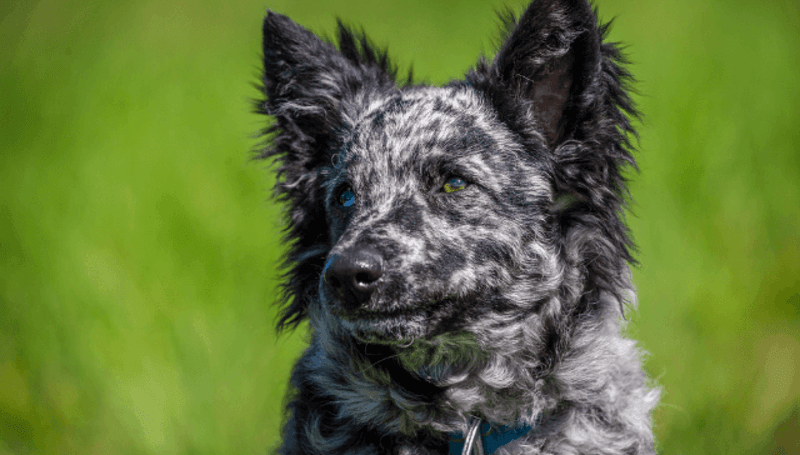
The Mudi (pronounced “moody”) performs herding miracles with sheep, cattle, and even stubborn pigs, yet remains critically endangered with fewer than 1,000 worldwide. Their curly coat comes in unusual colors, including smoke, merle, and even a rare all-white.
Athletic and agile, Mudis can spring nearly five feet straight up from a standing position! Their alert ears and expressive eyes reflect remarkable intelligence – they often anticipate commands before they’re given.
World War II nearly wiped out this Hungarian breed completely. Today, preservation efforts continue in their homeland while the rest of the world slowly discovers these versatile farm dogs with their boundless energy and problem-solving minds.
8. Catalburun – The Split-Nosed Hunter Of Turkey

Instantly recognizable by its bifurcated nose – literally split down the middle – the Turkish Catalburun represents one of the rarest dog breeds on Earth. Only about 200 remain, all in their native Tarsus region of Turkey.
Their unusual nose structure supposedly enhances their already extraordinary scenting ability, making them prized for hunting partridge and rabbit. The breed’s name translates to “fork-nose” in Turkish.
Unlike many hunting breeds, these dogs form incredibly strong bonds with a single person. Their lean, muscular bodies and short coat reflect their practical heritage as working dogs in a hot climate. Without dedicated conservation, they could disappear within a decade.
9. Estrela Mountain Dog – Portugal’s Ancient Guardian
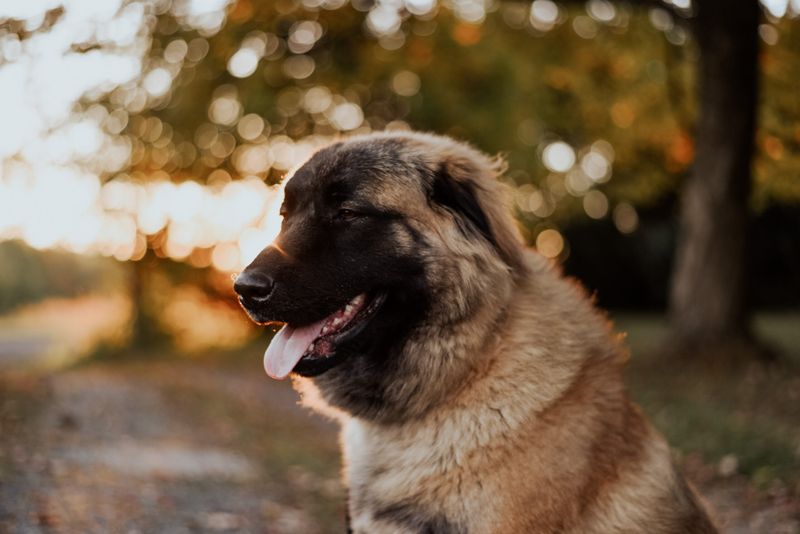
For thousands of years, these massive guardians protected sheep flocks from wolves in Portugal’s Estrela Mountains. Today, modernization threatens their existence with fewer than 2,000 purebreds remaining.
Weighing up to 130 pounds, Estrelas possess remarkable cold tolerance thanks to their thick double coat, which can be either long or short. Their distinctive tan “spectacles” markings above the eyes give them an expressive, almost human-like gaze.
Fiercely protective yet surprisingly gentle with family, these dogs mature slowly, remaining puppyish until age three. Portugal considers them a national treasure and living link to their agricultural heritage, yet their numbers continue to decline.
10. Lagotto Romagnolo – Truffle Hunters Facing Decline
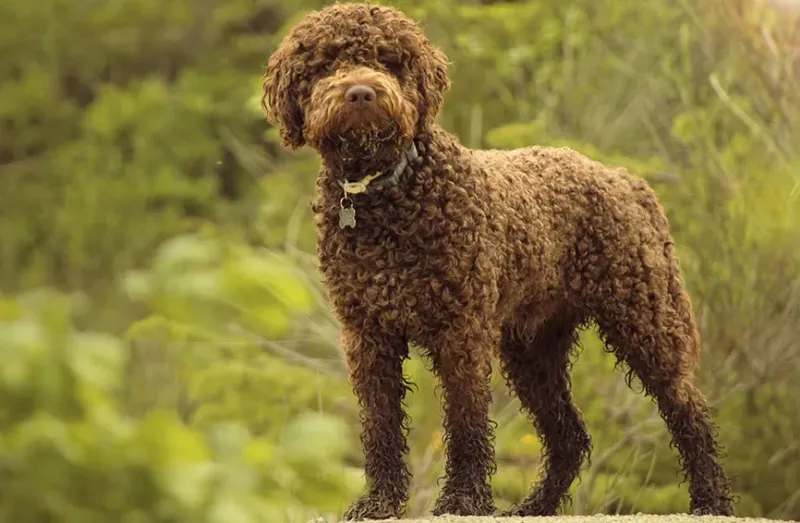
Originally water retrievers in Italy’s marshlands, these curly-coated specialists transformed into the world’s premier truffle-hunting dogs when their wetlands were drained. Despite their valuable skills in finding truffles worth thousands of dollars, pure Lagottos number under 3,000 globally.
Their waterproof coat resembles sheep’s wool and comes in various browns, whites, and orange shades. Unlike many working breeds, Lagottos possess a remarkably balanced energy level – intense when working but calm at home.
Their incredible noses can detect truffles buried 30 centimeters underground! Modern agricultural changes and habitat loss threaten both the truffles and the special dogs evolved to find them.
11. Azawakh – Desert Sighthound On The Edge
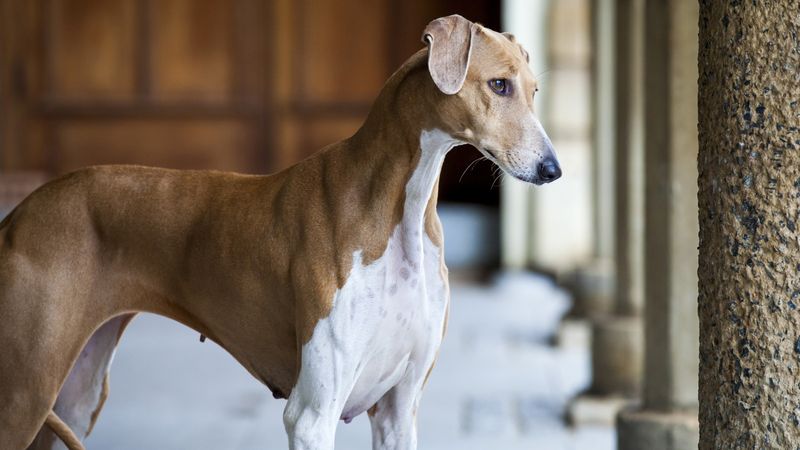
Elegant hunters from West Africa’s Sahel region, Azawakhs evolved alongside nomadic tribes as both hunters and guardians. With fewer than 200 registered annually worldwide, these living greyhound-like artifacts face extinction outside their homeland.
Their extreme thinness, with ribs and hip bones visible even in healthy specimens, shocks many Westerners, yet reflects perfect adaptation to desert life. Originally bred by the Tuareg people, Azawakhs can sprint at 40mph despite the scorching heat.
Unlike most sighthounds, they form intensely loyal bonds with their families while remaining aloof with strangers. Their short coat displays striking colors and patterns, often with white markings on legs and chest.
12. Pyrenean Shepherd – Mountain Herder In Peril
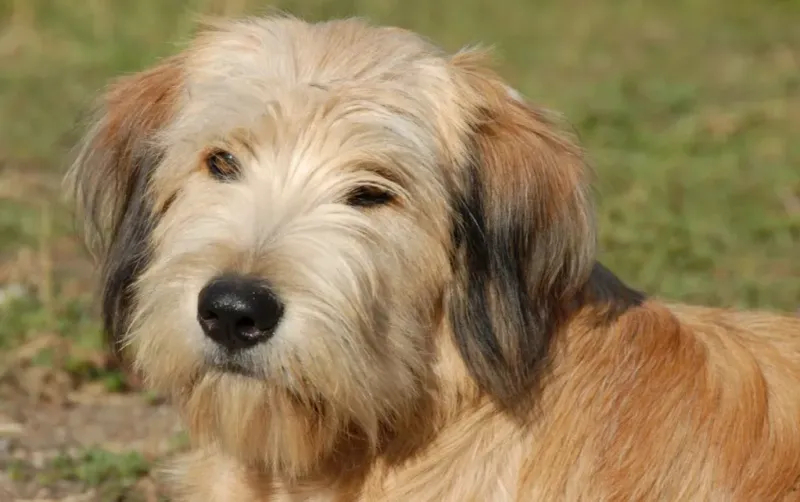
Despite their crucial role in managing sheep flocks in the Pyrenees Mountains for over 1,000 years, fewer than 3,500 of these lightning-quick herders remain. Local shepherds call them “Pyr Sheps” and marvel at their ability to move large flocks with minimal guidance.
Small but mighty, these dogs weigh just 15-30 pounds yet possess astonishing energy and intelligence. Their weather-resistant coat comes in two distinct varieties – rough-faced or smooth-faced – and various colors from fawn to gray to brindle.
World War I nearly destroyed the breed when many accompanied shepherds to the front lines and never returned. Today, they still work alongside the much larger Great Pyrenees, serving as the quick, nimble counterpart.
13. Kai Ken – Japan’s Tiger Dog Fades Away
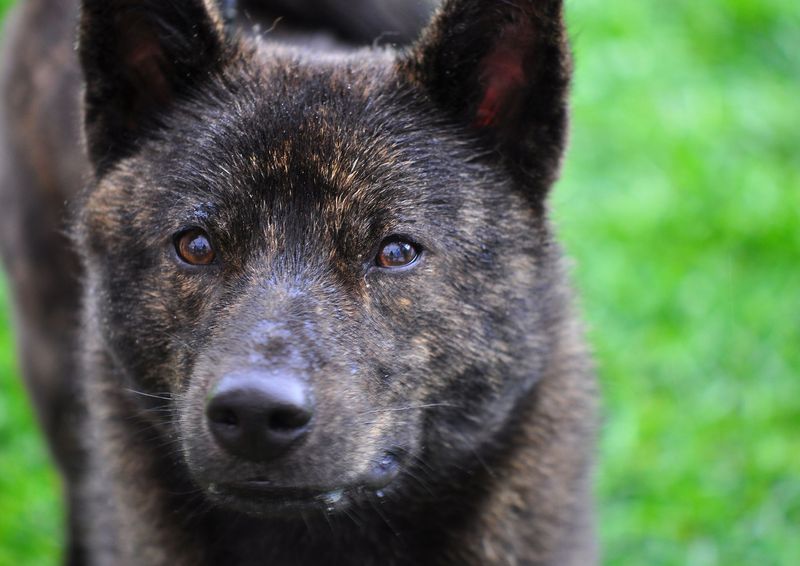
Named for their distinctive brindle coat that resembles tiger stripes, these ancient Japanese hunting dogs face extinction with fewer than 1,500 remaining. The Kai Ken ranks among Japan’s six native spitz breeds, all threatened by changing lifestyles and Western dog preferences.
Mountain hunters prized them for their remarkable climbing ability – they can scale trees and navigate steep terrain that would challenge most humans. Their loyalty runs so deep that lost Kai Ken have been known to survive alone in the mountains for months until reuniting with their owners.
The Japanese government declared them a “natural monument” in 1934, yet their numbers continue to decline. Their intelligent eyes and alert expression reflect thousands of years of careful breeding.

